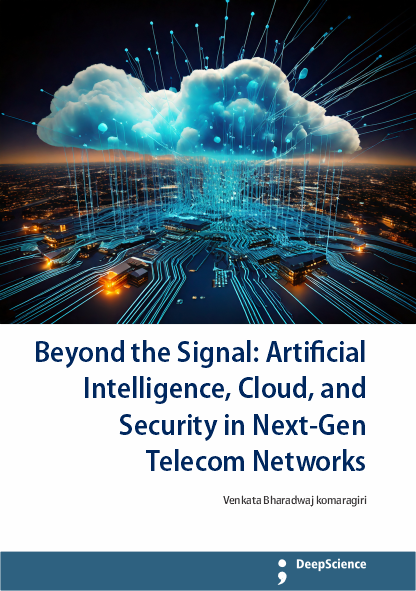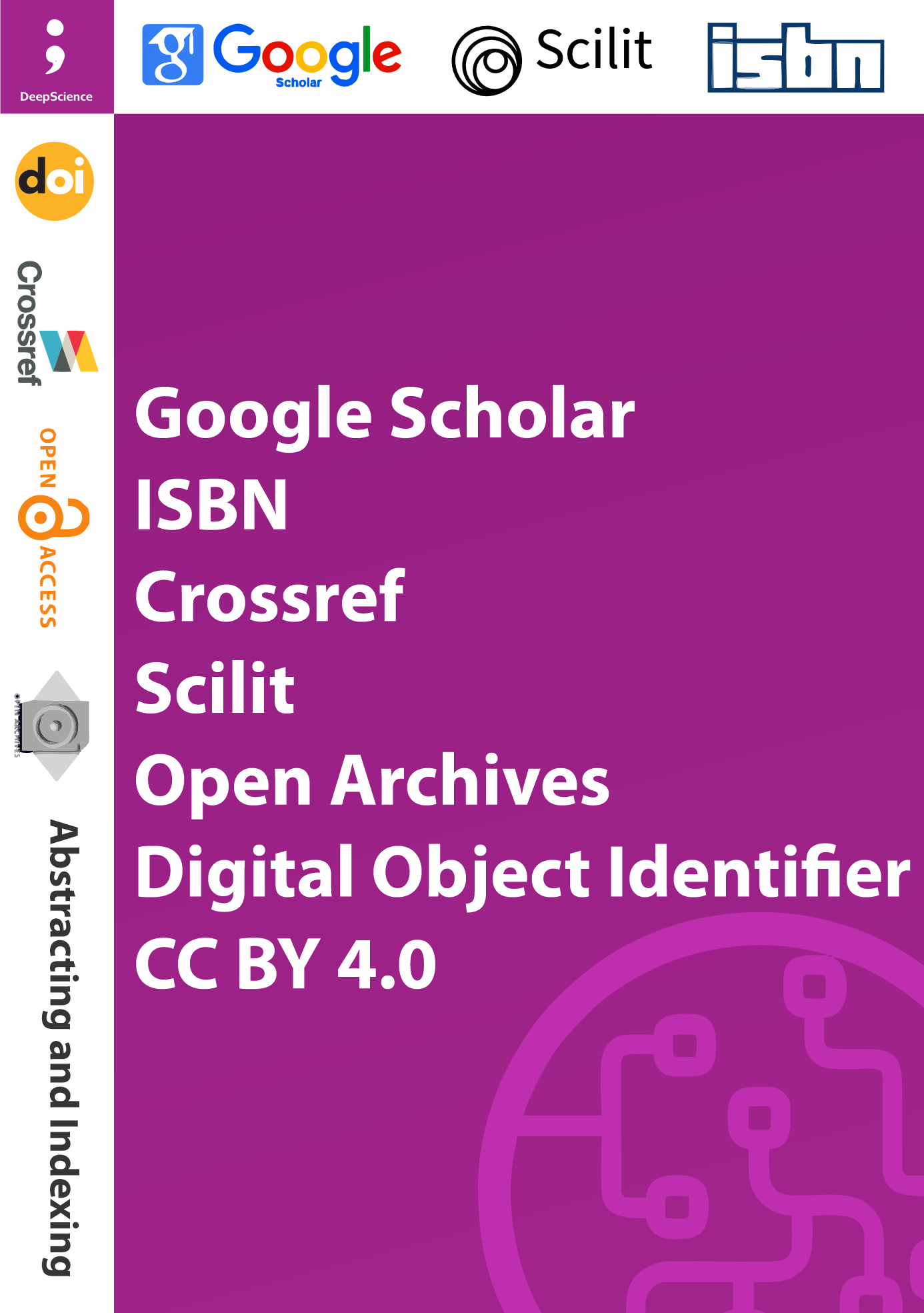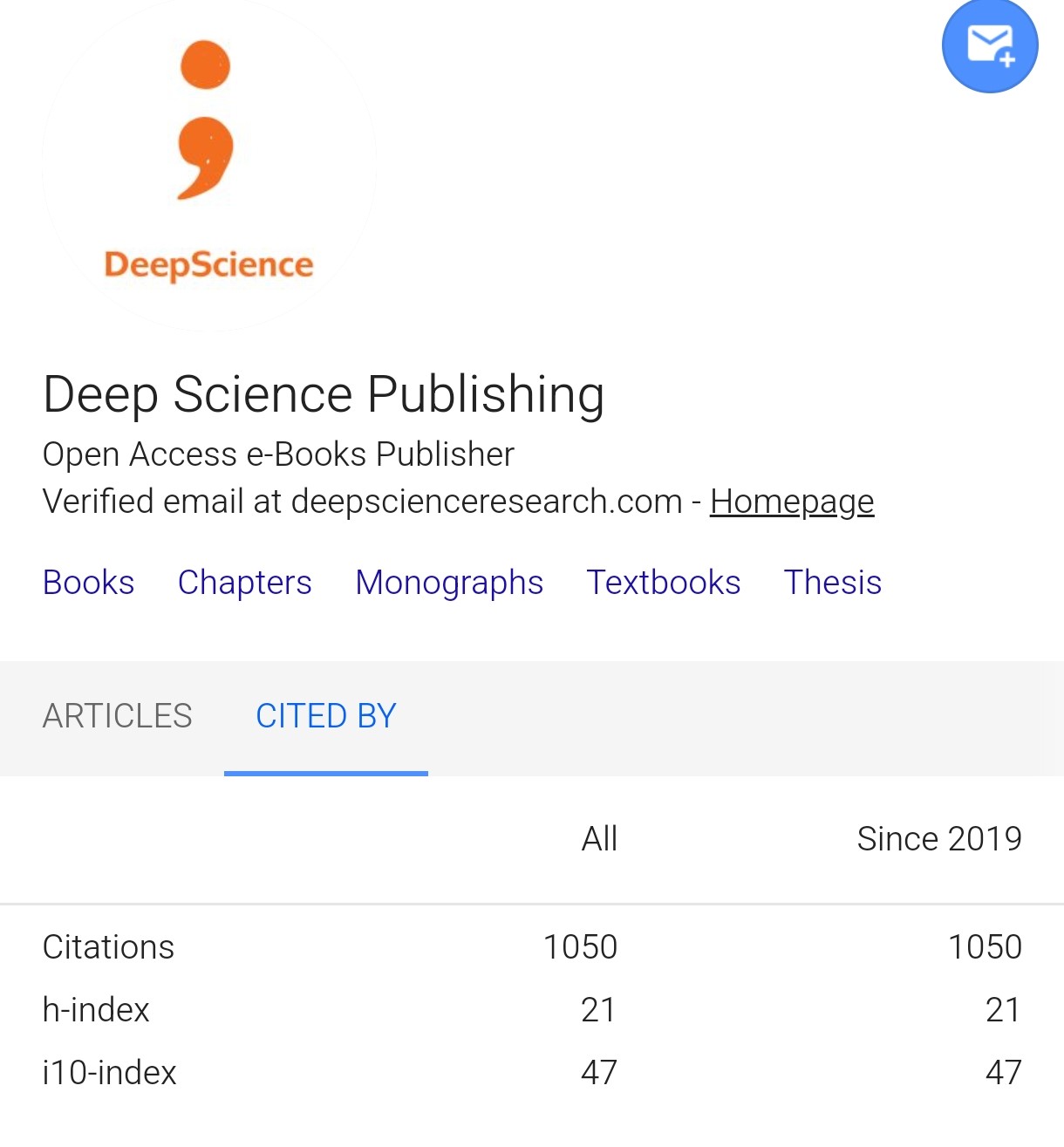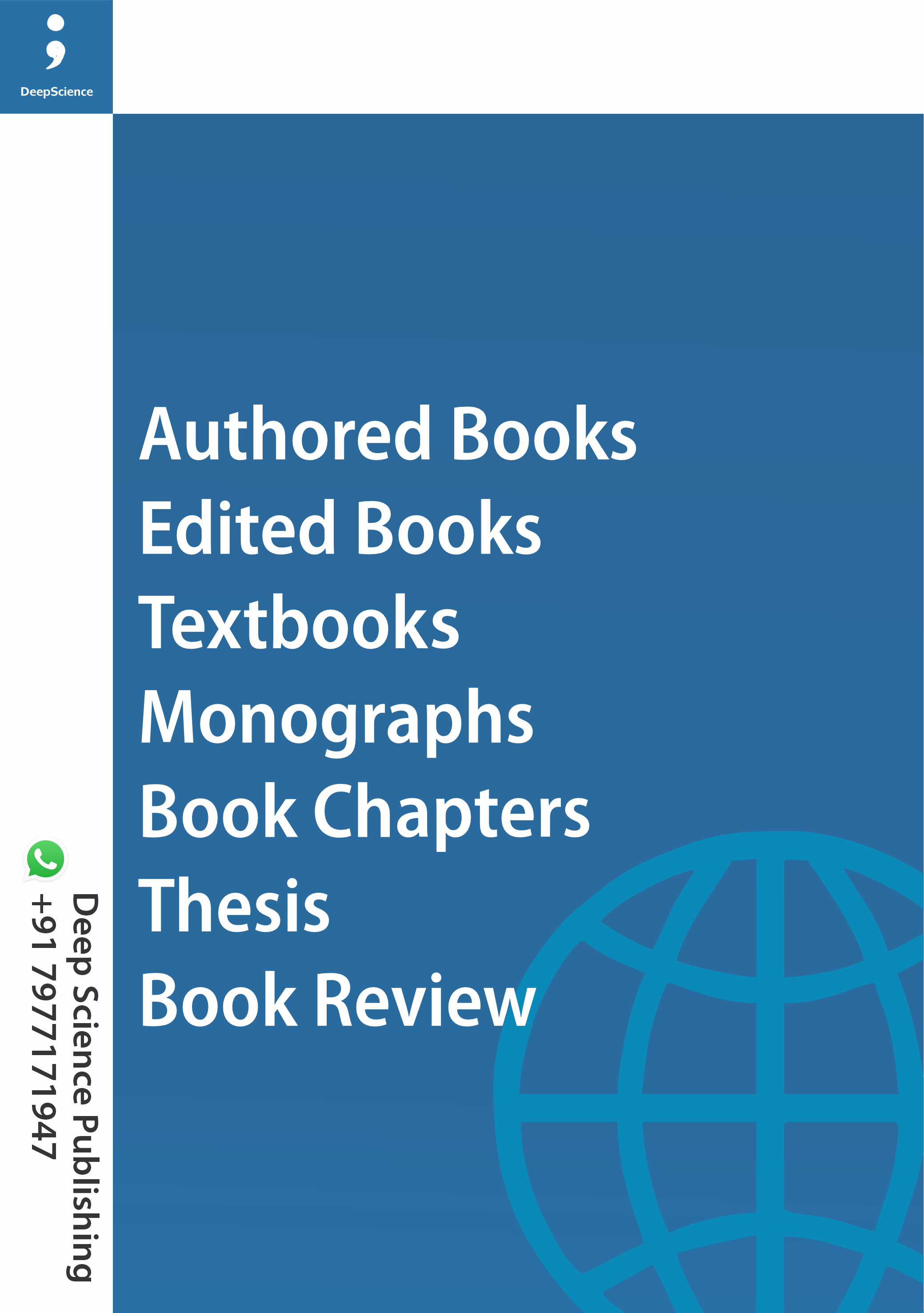Creating self-optimizing, adaptive routing architectures through artificial intelligence-assisted traffic analysis and response systems
Synopsis
Artificial intelligence (AI) and particularly machine learning methods are finding their way into traffic management, as in many other fields (Mao et al., 2018; Bega et al., 2019; Sun et al., 2019). Especially about autonomous vehicles and decentralized communication, efficient management of the data exchange in a network is a key challenge for the future. Many present research projects address this point by performing data management in a central instance. Nevertheless, to enable and provide highly reliable traffic systems that should operate 24 hours a day and 7 days a week, a centralized instance may be a potential weak point. Solutions could be composed by combining AI-based traffic analyses with self-regulating network components; these might be point-to-point connections, for instance, between two vehicles or between a vehicle and a back-end server. Advancements in technology have long sought innovative solutions for traffic management, considering new approaches involving artificial intelligence, especially machine learning methods. The pervasiveness of cities and hence traffic congestion everywhere calls for road and vehicular traffic management innovations in every possible aspect. More importantly, increasing traffic intensity is anticipated as cities grow denser and populations increase annually. Traffic analysis is crucial for the development and management of any routing system. When traffic intensity in a network increases, the importance of studying possible traffic solutions and traffic analyses in general also augments. While there is a significant amount of incoming vehicles from one area to another, traffic congestion and traffic management have to be taken into account. Time being a critical factor in day-to-day life, traffic should manage intense vehicle flow so that the overall travel time of passengers is minimized. Thus, our study is not only resourceful but also timely to address since it manages vehicular traffic crowding efficiently.













